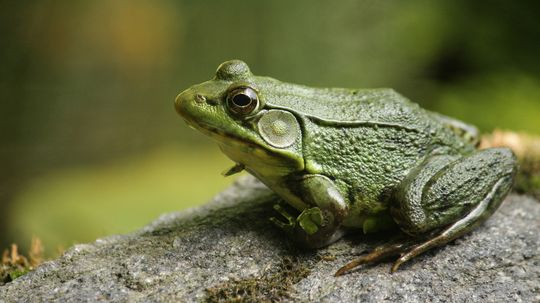The environmental impact of bagging grass
When it comes to maintaining a lush and healthy lawn, one question that often arises is whether it’s better to bag your grass clippings or leave them on the lawn. While bagging may seem like a tidy solution, it’s important to consider the environmental impact of this practice.
Bagging your grass clippings means collecting them in plastic bags and disposing of them either in landfills or through municipal composting programs. This process contributes to plastic waste and requires energy for transportation and processing. Additionally, when organic matter such as grass clippings decompose in landfills without access to oxygen (anaerobic decomposition), they release methane gas, which is a potent greenhouse gas contributing to climate change.
In contrast,
The benefits of leaving your clippings on the lawn
Leaving your grass clippings on the lawn can have several positive effects both for your yard and the environment. When you mow regularly at an appropriate height, allowing shorter pieces of cut grass (clippings) to remain on top of the soil acts as natural mulch.
This mulching effect helps retain moisture in the soil by reducing evaporation, which means less water is needed for irrigation. It also provides nutrients back into the soil as these clippings break down over time, acting as a natural fertilizer that promotes healthier growth for future plants.
In addition,
Promoting biodiversity with grassroots recycling
By leaving your grass clippings on-site instead of removing them from your property, you are supporting grassroots recycling. These clippings become a valuable resource for the ecosystem, providing habitat and food sources for beneficial insects, worms, and microorganisms that contribute to soil health.
Furthermore, when you allow grass clippings to decompose naturally on your lawn, they help improve the soil structure by increasing its organic matter content. This enhances water infiltration and retention capacity while reducing erosion potential.
Last but not least,
The verdict: Embrace sustainable lawn care practices
In conclusion, opting to leave your grass clippings on the lawn is a greener choice compared to bagging them. Not only does it reduce plastic waste and greenhouse gas emissions associated with disposal methods, but it also nurtures your yard’s overall health and supports biodiversity.
To embrace sustainable lawn care practices further:
- Mow regularly at an appropriate height (one-third of the grass blade) to ensure proper mulching.
- Avoid excessive use of chemical fertilizers or pesticides that can harm beneficial organisms in the soil.
- Consider composting other yard waste such as leaves or branches instead of sending them off-site.
By making these small changes in our gardening routines, we can all play a part in creating healthier ecosystems while enjoying beautiful lawns!



